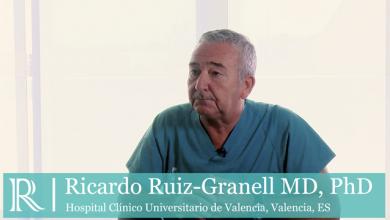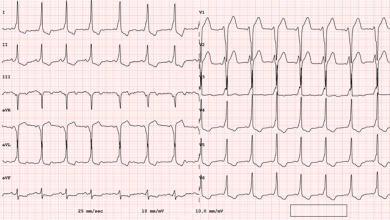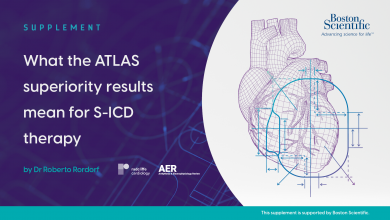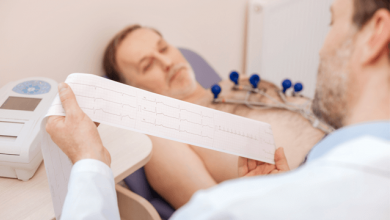Search results
Added:
4 years ago
Prof Ricardo Ruiz-Granell (Hospital Clínico Universitario de Valencia, Valencia, ES) discusses the Inappropriate Shock Reduction Study.
This interview was supported by
View more
Author(s):
Rahul K Mukherjee
,
Manav Sohal
,
Nesan Shanmugam
,
et al
Added:
2 years ago
Author(s):
Roberto Rordorf
Added:
1 year ago
Author(s):
Theodoros Christophides
,
Sarosh Khan
,
Mahmood Ahmad
,
et al
Added:
3 years ago
Lightning strikes between clouds and ground objects occur when the difference in electrical potential between the two is greater than 30,000 Volts, as thus they are able to exceed the atmospheric electrical resistance, generating currents that vary from 30,000 to 100,000 Amperes, and lasting between 0.1–0.001 seconds. As per data from the Lightning Imaging Sensor (LIS)-equipped satellite…
View more
Author(s):
Henry Chubb
,
Mark O’Neill
,
Eric Rosenthal
Added:
3 years ago
Device therapy is increasingly employed in the management of complex congenital heart disease (CHD). Bradycardias, most often related to sinus nodal dysfunction (SND) or atrioventricular nodal (AVN) block, may necessitate the implantation of pacing devices, while malignant arrhythmias may be treated by appropriate use of implantable cardioverter defibrillators (ICDs). However, there is a complex…
View more
Author(s):
Hussam Ali
,
Pierpaolo Lupo
,
Riccardo Cappato
Added:
3 years ago
Numerous large clinical trials have demonstrated the benefit of implantable cardioverter-defibrillators (ICDs) to prevent sudden cardiac death (SCD) in selected populations.1,2 These results and advances in defibrillation therapies have led to an impressive expansion of ICD implants and indications in recent decades. Although initially focusing on secondary prevention, current ICD indications…
View more
Author(s):
Vincent Probst
,
Stéphanie Chatel
,
Jean-Baptiste Gourraud
,
et al
Added:
3 years ago
Brugada syndrome (BrS) is a clinical entity identified in 1992 by Brugada brothers from a file of patients resuscitated from sudden cardiac death (SCD).1 Of these patients, some had a specific electrocardiogram (ECG) appearance characterised by an incomplete right bundle branch block associated with an ST segment elevation in the right precordial leads. It quickly became apparent that this…
View more
Author(s):
Boris Rudic
,
Rainer Schimpf
,
Martin Borggrefe
Added:
3 years ago
Short QT syndrome (SQTS) is a rare, inheritable channelopathy of the heart characterised by abnormally short QT intervals on the electrocardiogram (ECG) and an increased propensity to develop atrial and ventricular tachyarrhythmias in the absence of structural heart disease.1,2 SQTS was first described as a new clinical entity by Gussak et al. in 2000.1 Until then shortening of the QT interval…
View more
Author(s):
Thorsten Lewalter
,
Giuseppe Boriani
Added:
3 years ago
The monitoring of atrial fibrillation (AF) can be performed using a great variety of strategies and tools. Strategies range from monitoring only symptomatic AF (e.g., post-catheter ablation with or without surface electrocardiogram [ECG] documentation) to continuously monitoring heart rhythm using implantable pacemakers, implantable cardioverter defibrillators (ICDs) or subcutaneous implantable…
View more
Author(s):
Steven Back
,
Peter R Kowey
Added:
3 years ago
Ventricular arrhythmias are a therapeutic challenge. They occur frequently in clinical practice, are found in patients with and without structural heart disease, and most importantly, are unpredictable and potentially deadly. Patients with a history of sustained ventricular tachycardia (VT) and VF or those at high risk for such arrhythmias, may require an ICD to prevent sudden cardiac arrest…
View more















